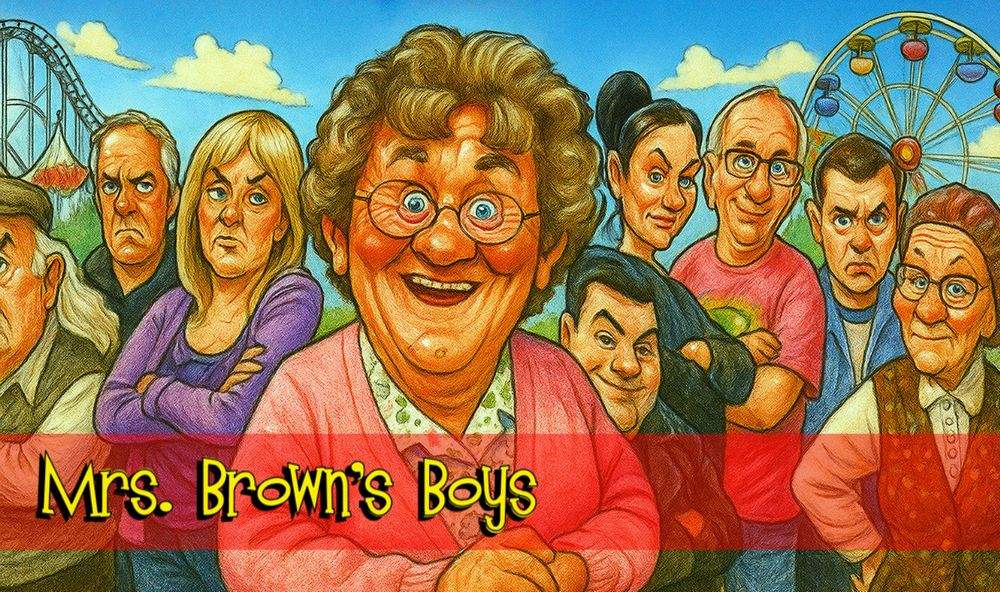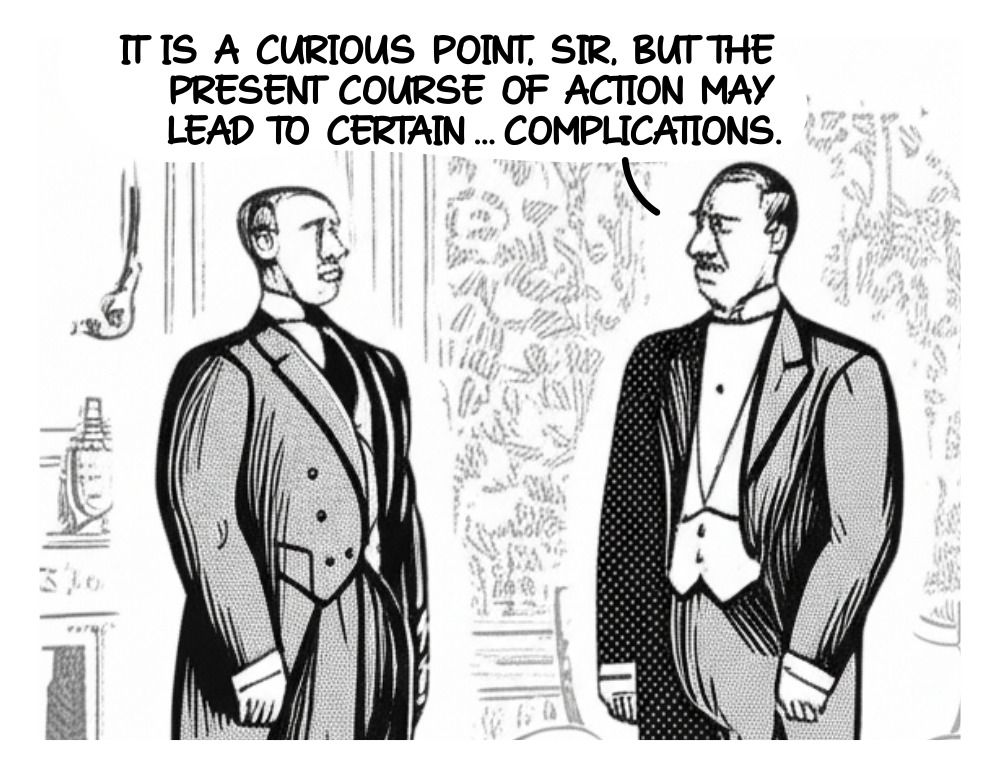 Life’s a series of trade-offs; each choice has an opportunity cost—what we must abandon. Time’s finite; each yes to one thing’s a silent no to another. Whether we work, spend time with family, learn, or rest, we’re always exchanging pursuits.
Life’s a series of trade-offs; each choice has an opportunity cost—what we must abandon. Time’s finite; each yes to one thing’s a silent no to another. Whether we work, spend time with family, learn, or rest, we’re always exchanging pursuits.
Recognizing these trade-offs is key to better decisions. Instead of blindly agreeing, consider your sacrifice. Are the alternatives you forgo more aligned with your long-term goals? Will this choice serve your well-being and priorities? Thinking about opportunity cost moves decisions from impulse to intention, making sure each commitment reflects what truly matters.
Every intentional yes requires a thoughtful no. Choose consciously. Let opportunity cost sharpen your decision-making, helping you use time wisely and live in greater alignment with your values.


 In 2012, Google’s
In 2012, Google’s 
 Performance proves you belong. But it doesn’t earn influence, open strategic doors, or attract sponsorship. Those privileges follow likeability—not charm, not flattery, but emotional fluency grounded in trust.
Performance proves you belong. But it doesn’t earn influence, open strategic doors, or attract sponsorship. Those privileges follow likeability—not charm, not flattery, but emotional fluency grounded in trust..jpg)



.jpg)